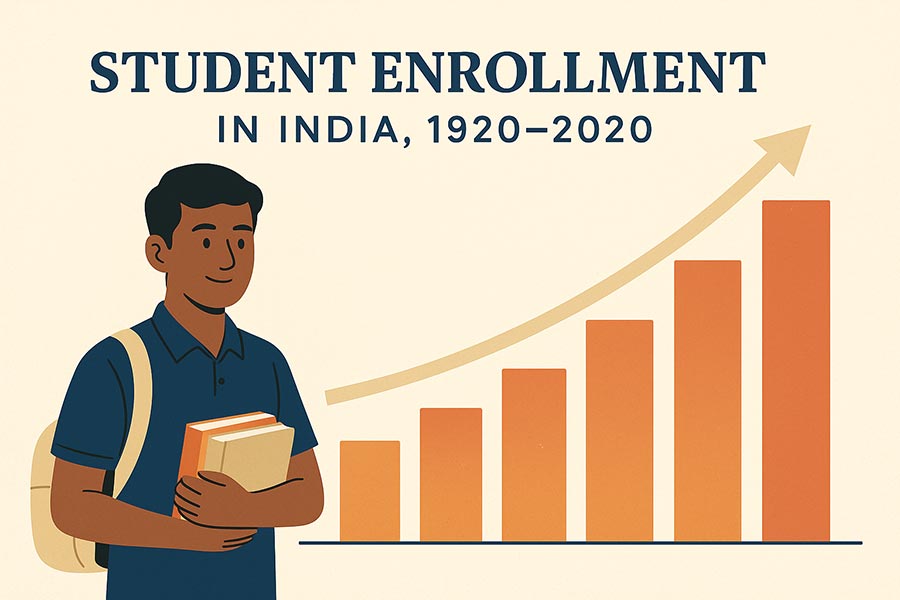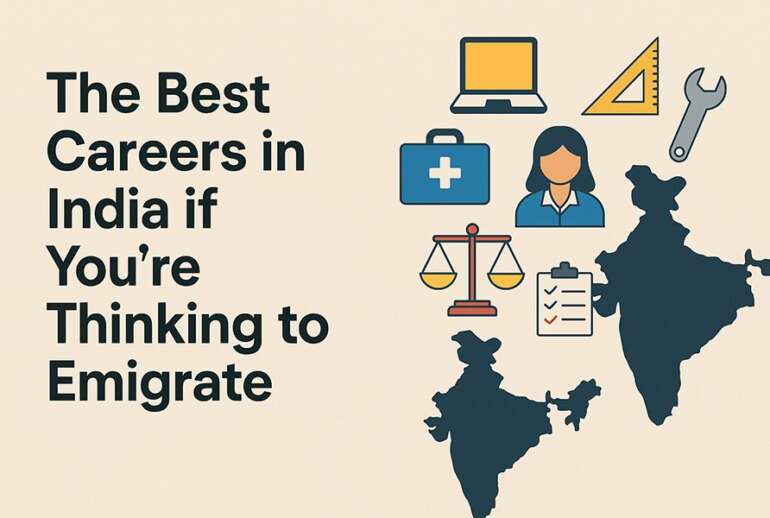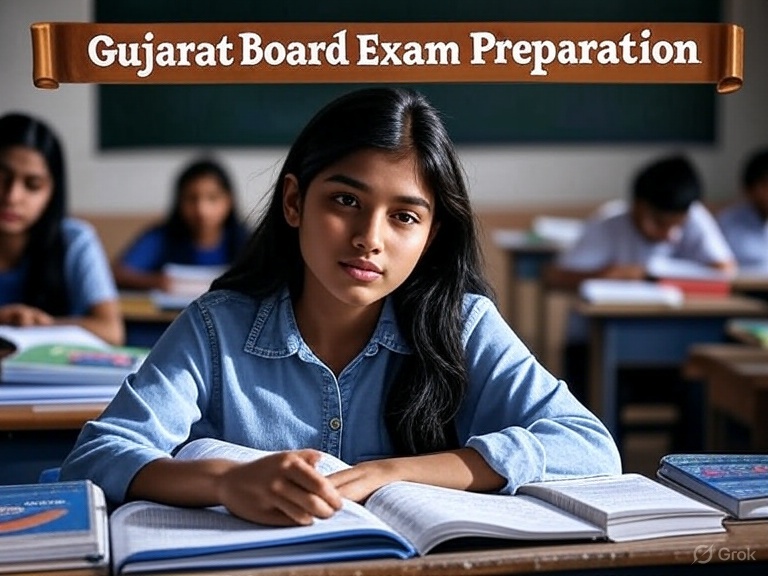Title: A Century of Progress: Student Enrollment and Education Statistics in India (1920–2020)
India’s education system has undergone a profound transformation over the past 100 years. From colonial times to becoming one of the largest education ecosystems in the world, the journey is reflected in the rising numbers of students across primary, secondary, and tertiary levels. In this article, we explore the key statistics and shifts that have defined student enrollment trends in India, particularly focusing on access, literacy, gender parity, and the role of government policies.
1. Education in Pre-Independence India (1920–1947)
During British rule, access to education in India was highly limited. According to historical census data:
- In 1921, India’s literacy rate was around 12%, with female literacy under 2%.
- There were only about 12 million students enrolled in schools, and most were male.
- Education was mainly available in urban areas and was often segregated by caste and gender.
- Higher education institutions were few. Universities like Bombay, Calcutta, and Madras were established in the 19th century, but access was limited to the elite.
The colonial education model was primarily designed to produce clerks and low-level administrators rather than to promote holistic learning.
2. Post-Independence Boom (1947–1975)
After gaining independence in 1947, India prioritized education as a means of nation-building. The Constitution of India (1950) declared education a fundamental right and emphasized universal primary education.
Key developments:
- The number of schools increased rapidly, from around 200,000 in 1950 to 450,000+ by the mid-1970s.
- Student enrollment in primary schools rose from 19 million (1950) to 57 million (1975).
- Female education saw gradual improvement. Female literacy rose from 8.9% (1951) to 21.9% (1971).
- Higher education also grew, with over 100 universities and 3,000 colleges established by 1975.
Government initiatives such as the National Policy on Education (1968) and investment in rural education helped improve access, though dropout rates remained high.
3. Expanding Access and Inclusion (1976–2000)
By the late 20th century, education reforms began focusing more on inclusion, especially for marginalized communities.
Milestones and stats:
- The literacy rate jumped to 65% by 2001, with female literacy at 54%.
- The number of enrolled students in schools (Classes 1 to 10) exceeded 150 million.
- Secondary school enrollment grew rapidly, supported by schemes like Operation Blackboard and District Primary Education Program (DPEP).
- Introduction of mid-day meal schemes in the 1990s improved attendance in government schools.
- Gross Enrollment Ratio (GER) in higher education was still low—around 8% in 2000—but was growing.
The era also saw private institutions emerging more prominently, especially in urban areas.
4. The 21st Century: Digital Shift and Demographic Dividend (2000–2020)
In the 21st century, India’s student population became one of the largest in the world.
Primary and Secondary Education:
- As of 2020, India had over 250 million students in school education.
- Literacy rate reached 77.7%, and female literacy exceeded 70%.
- India achieved universal primary enrollment, but concerns remained about quality and learning outcomes.
- Digital education began expanding rapidly post-2010, especially after initiatives like Digital India.
Higher Education:
- The Gross Enrollment Ratio (GER) in higher education increased to 27% by 2020.
- India had over 1,000 universities and 42,000+ colleges, making it the third-largest higher education system globally.
- Online and distance education gained popularity through platforms like SWAYAM and NPTEL.
Government Initiatives:
- Right to Education (RTE) Act, 2009: Made free and compulsory education a legal right for children aged 6–14.
- National Education Policy (NEP) 2020: Aimed to overhaul the system with a focus on early childhood education, holistic learning, and flexibility.
5. Regional Focus: Gujarat’s Contribution
Gujarat has mirrored and often led in several education parameters:
- Gujarat’s literacy rate (as per 2011 census) was 79.3%, higher than the national average at the time.
- Initiatives like Shala Praveshotsav and Kanya Kelavani Yatra have successfully promoted school enrollment, especially for girls.
- The state has invested in ICT (Information and Communication Technology) education and smart classrooms in many districts.
- Gujarat is home to prominent universities like IIT Gandhinagar, Gujarat University, and GNLU.
6. Challenges Ahead
Despite the progress, India’s education system still faces several challenges:
- Dropout rates remain high in secondary school, particularly in rural and tribal areas.
- Learning outcomes do not always match enrollment gains. ASER reports have pointed out deficits in reading and math skills at the primary level.
- Digital divide became evident during the COVID-19 pandemic, highlighting disparities in access to online education.
- Gender and caste-based inequalities continue to affect access in some regions.
7. Looking Forward: 2020 and Beyond
With a young population — over 50% under the age of 25 — India’s student population remains a powerful asset. The NEP 2020 offers a renewed vision, aiming to:
- Increase GER in higher education to 50% by 2035.
- Promote vocational education from early stages.
- Integrate technology, multidisciplinary learning, and mother-tongue instruction in early years.
Investing in teacher training, infrastructure, and ed-tech innovation will be crucial to make the next 100 years even more inclusive and impactful.
Conclusion
The transformation of student statistics in India tells a story of resilience, policy evolution, and growing aspirations. From just 12 million students in 1921 to more than 250 million in 2020, the journey of Indian education is both inspiring and ongoing. As Gujarat and the rest of the nation step into a digitally-driven future, continued investment in quality education will be the key to unlocking the full potential of India’s next generation.



